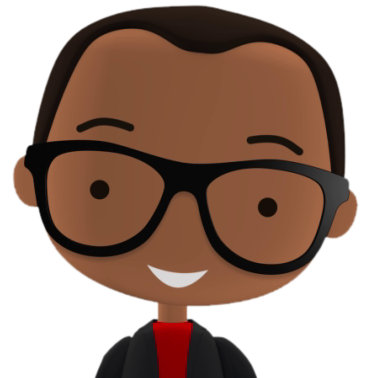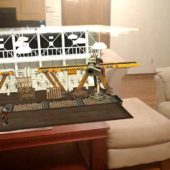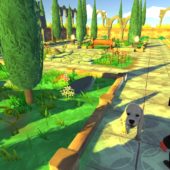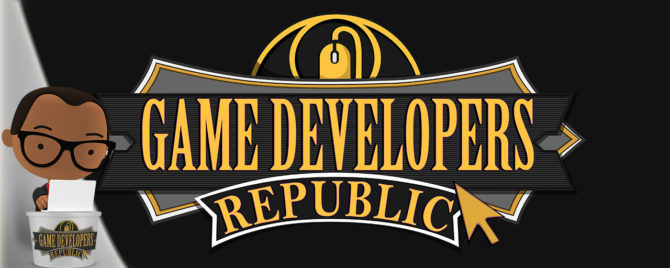How video games are made – Pre-Production
Whether your looking to create a small indie game, a mobile game, or work with a big game studio, the basic sequence of creating a game will remain pretty much the same, & falls into three stages
- Pre-production
- Production
- Post production
Pre Production

Pre-Production is the first phase of the game development production cycle, and it is critical to defining what your game is, how long it will take to complete, how many people &/or resources you’ll need, & how much everything will cost. In a professional environment, pre-production can last from one week to more than a year, depending on the size & complexity of the project.
A good way to gauge how long your pre-production should be is, pre-production should be 10 to 20% of the total estimated time of the games development. So if your working on a 8 month project, your pre-production should last a few weeks to over a month. The 3 biggest components in pre-production are the concept, the plan, & prototypes. Every game begins with an idea.
Planning

The Plan is where all the information is put together & fleshed out. In many professional studios this will be recorded in what we call a game design document. The purpose of design documentation is to fully express the vision for the game, describe the contents, ensure that team members understand their roles, and map out a production plan. That being said, Game design documents are usually extremely long & detailed, & can be quite time consuming to complete start to finish. However, there’s a fair amount of debate in the industry on the actual effectiveness of a game design document. This is mainly due to the fact that no matter how well you document & plan a game, many elements will change drastically during the pre-production & production phases.
Thankfully, over the last few years, many studios & developers seem to be acknowledging this & have began adopting the much smaller, simpler, & more flexible “Macro” design document. A design concept spearheaded by Mark Cerney, the lead architect and producer of Sony's PlayStation 4 and PlayStation Vita.
Macro Design Doc
 A Macro design document is a very short one to two page plan that contains high-level descriptions & can be expanded upon as needed over the course of the games development. Whether you start with a full game design doc or a Macro design doc, at the very least your plans should include; the game concept, core game mechanics, gameplay features, gameplay breakdown, & project scope breakdown.
A Macro design document is a very short one to two page plan that contains high-level descriptions & can be expanded upon as needed over the course of the games development. Whether you start with a full game design doc or a Macro design doc, at the very least your plans should include; the game concept, core game mechanics, gameplay features, gameplay breakdown, & project scope breakdown.
Prototyping
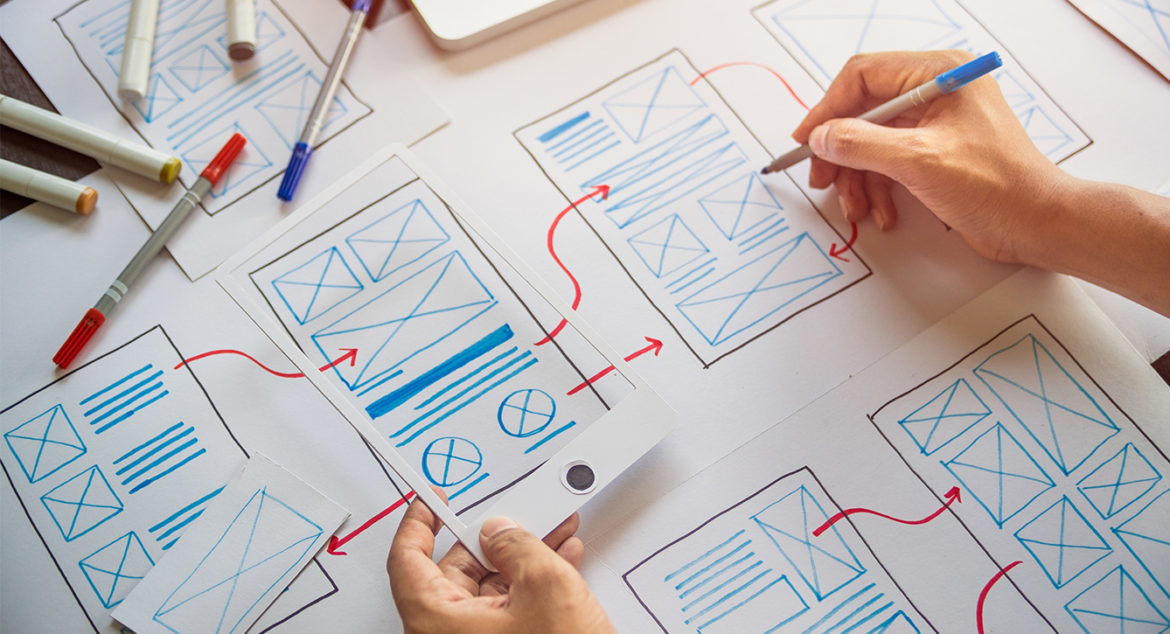 Prototyping is creating a rough functionable test of your games mechanics, functions, tec, &/or art direction. In the early prototyping phase, actual game & art assets are unnecessary. Functions & mechanics can be tested using primitive objects from the game engine, free ,or purchased “stand in” assets. One of the keys to success in developing any game is to prototype a lot & prototype often. This is especially important to new developers, or when developing a feature or function you're unfamiliar with.
Prototyping is creating a rough functionable test of your games mechanics, functions, tec, &/or art direction. In the early prototyping phase, actual game & art assets are unnecessary. Functions & mechanics can be tested using primitive objects from the game engine, free ,or purchased “stand in” assets. One of the keys to success in developing any game is to prototype a lot & prototype often. This is especially important to new developers, or when developing a feature or function you're unfamiliar with.
Prototyping is key to helping you or your team set & establish a realistic planned timeline of how long it will take to complete your game. It can also better help you find the most enjoyable & un-enjoyable aspects in your core gameplay mechanics.
